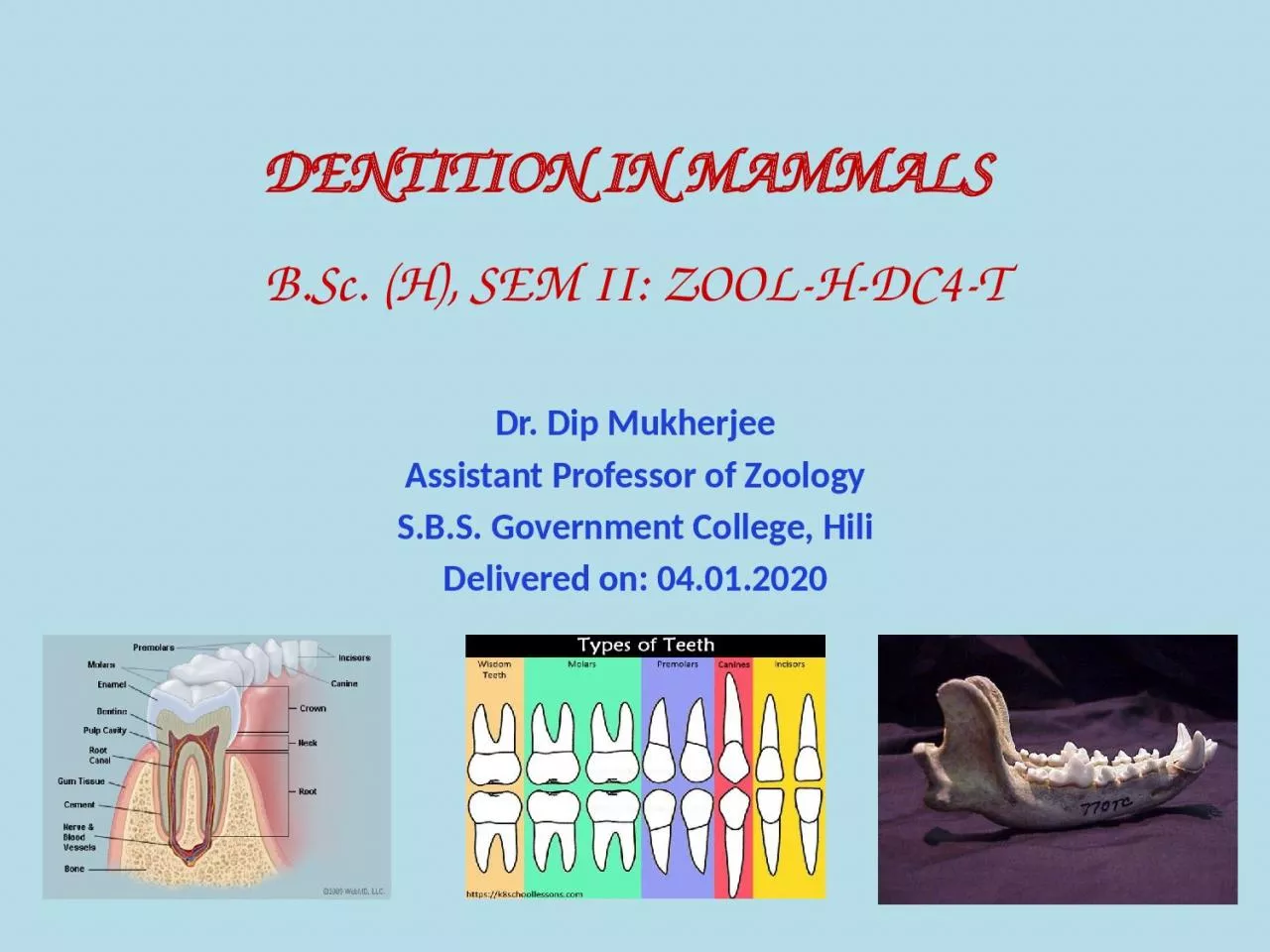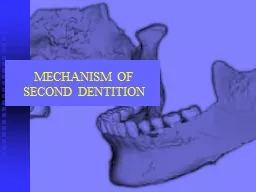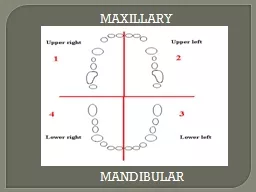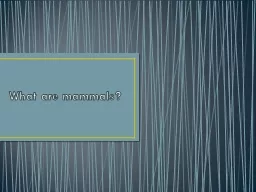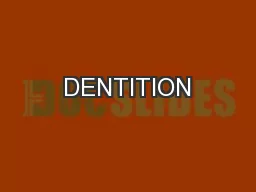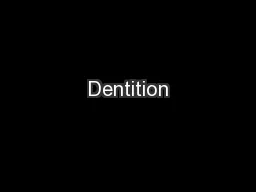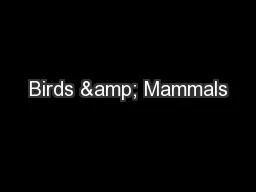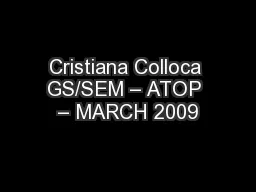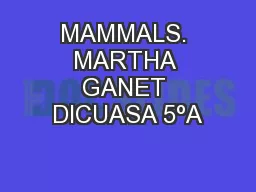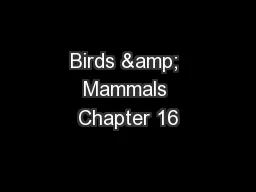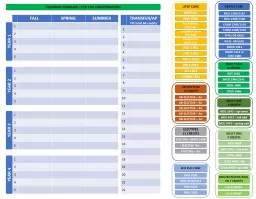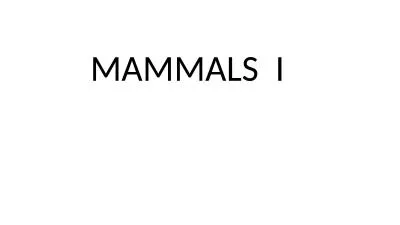PPT-DENTITION IN MAMMALS B.Sc. (H), SEM II: ZOOL-H-DC4-T
Author : MoonBabe | Published Date : 2022-08-04
Dr Dip Mukherjee Assistant Professor of Zoology SBS Government College Hili Delivered on 04012020 Introduction D entition is the arrangement of teeth in the upper
Presentation Embed Code
Download Presentation
Download Presentation The PPT/PDF document "DENTITION IN MAMMALS B.Sc. (H), SEM II: ..." is the property of its rightful owner. Permission is granted to download and print the materials on this website for personal, non-commercial use only, and to display it on your personal computer provided you do not modify the materials and that you retain all copyright notices contained in the materials. By downloading content from our website, you accept the terms of this agreement.
DENTITION IN MAMMALS B.Sc. (H), SEM II: ZOOL-H-DC4-T: Transcript
Download Rules Of Document
"DENTITION IN MAMMALS B.Sc. (H), SEM II: ZOOL-H-DC4-T"The content belongs to its owner. You may download and print it for personal use, without modification, and keep all copyright notices. By downloading, you agree to these terms.
Related Documents

